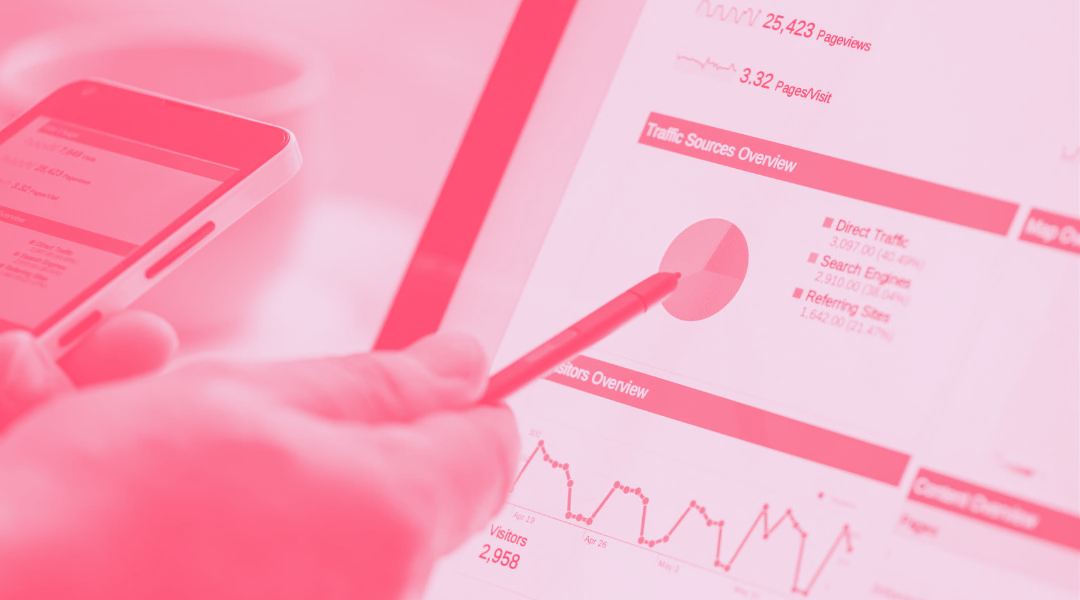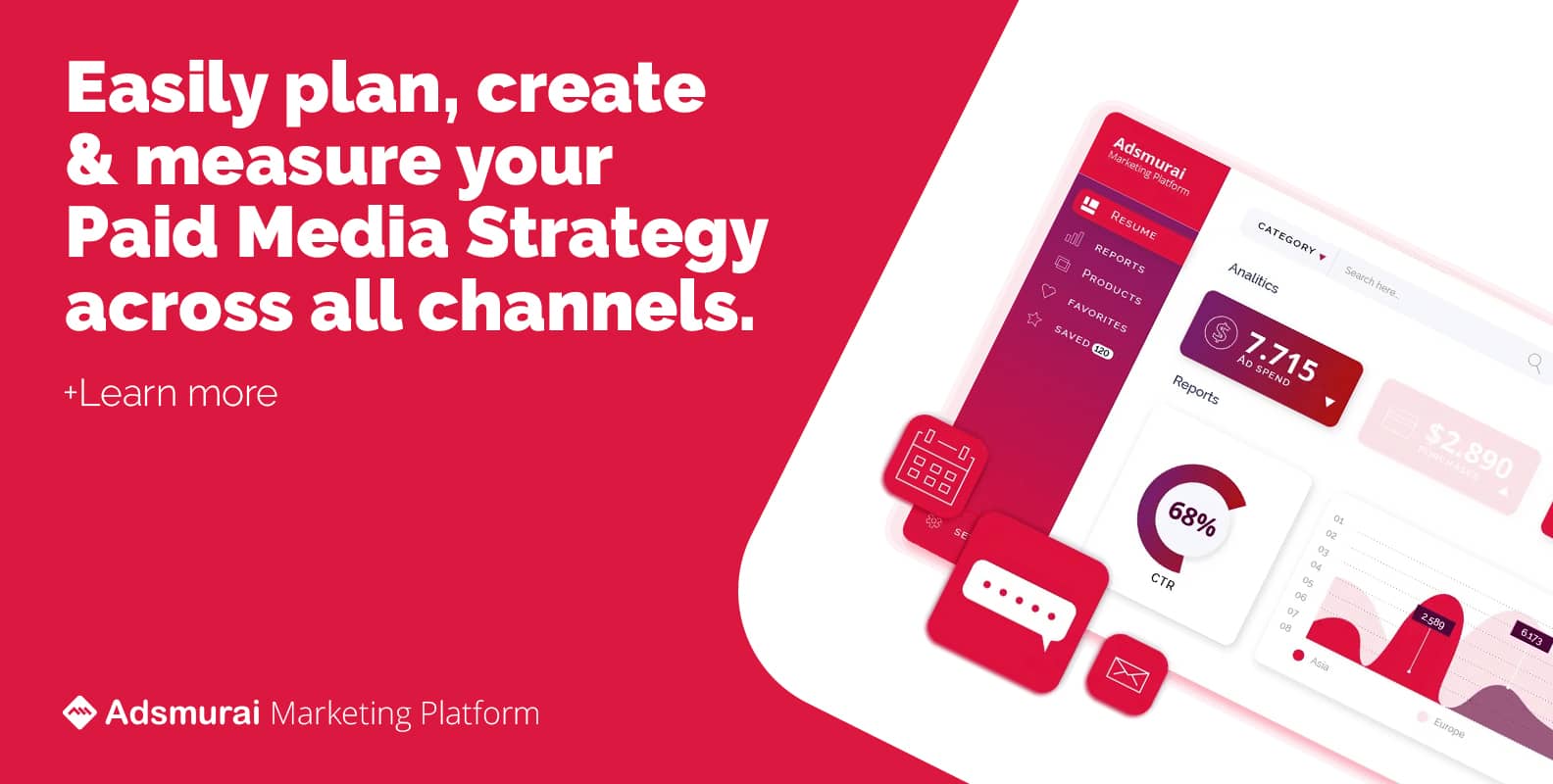
How to leverage marketing analytics and maximize your ROAS
To keep up to date in a world where global digital brands have built businesses through data-driven technology and consumer engagement, your marketing team must learn how to turn your customer data into actionable insights.
How to leverage marketing analytics
Creating a data-driven company is a challenging task, but how about if we start with your brand’s marketing analytics? Let’s see some tips to find out more precise insights to make more informed decisions, create accurate strategies, adjust objectives and find opportunities to grow your business.
-
Start with a plan: Getting coherent insights should be one of your goals, but previously you have to decide how to find them.
-
Develop actionable insights: Gain qualified insights from your campaign metrics. Measure your strategy execution with equivalent KPIs and attribution windows in all platforms.
-
Take qualitative data into account: Don’t overlook data from social media comments, online reviews, related images and many other kinds of data that talk about your brand. There are a lot of business opportunities in this unstructured but qualitative content.
-
Monitor, adjust and experiment with data: Take control of all your brand data sources, optimize any step of the collection process and experiment with the findings you discover.
If your brand uses marketing data analytics properly, your ROAS can skyrocket.
What is ROAS (Return on Ad Spend)?
If you’re looking for a metric to know how well an ad campaign is producing revenue and determine if it is making your brand lose or earn money, ROAS is the answer.
A ratio that shows off how much revenue you get from each amount you spend on advertising. It is not a return on investment as ROI measures the success of the overall strategy. You can think of ROAS as the paid media ROI.
A simple formula to calculate Return On Ad Spend (ROAS) is:
ROAS = Campaign Revenue / Campaign Cost
Tips to maximize your ROAS
1. Keep refining your keywords
Regarding keywords there are several tips that can help your brand, for example: You could look for narrow keywords to target customers who have already looked at your products. You could also optimize your product pages to long-tail keywords. How about using analytics tools to find keywords that have high search volume but low competition? Our recommendation is to define keywords and keep refining them. So, don’t forget to analyze your data to see what works better for you and narrow keywords accordingly.
2. Bid on your brand’s name
Is an almost sure-fire way to increase your ROAS. If you’re not doing it, your competitor probably is. It also gives you control on what customers see about your brand.
3. Tailor the landing page of your ads
Make sure your ads are correctly set up. If you’re communicating a sale, the landing page of your campaign should be related to that promotion. If you make your customers search for what they saw in the ad, you’ll probably lose them and get a lower ROAS.
4. Optimize content for mobile devices
Half of the global web traffic is made through mobile devices, why shouldn’t you do the same? Optimize your e-commerce ads for mobile and boost its performance on any device. Have you heard about the key points for m-commerce in 2021?
5. Get a performance benchmark
The first step you should take to improve your ROAS is to get a basic understanding of which campaigns channels are working best and which campaigns are doing it too. By using benchmarking tools such as Adsmurai Marketing Platform you can find opportunity gaps to define a winning strategy based on market insights and anticipate your expected impact.
To achieve better results, go from intuitive to data-driven decisions (or AI-powered decisions) to allocate your campaign budget and plan. Make sure to make smart planning to avoid overspend and anticipate unexpected deviations from your media plan. Getting a multi-platform benchmark to compare and analyze data across all social media platforms will give a plus to leverage your marketing analytics.
Conclusion
Include these tips to your strategy and learn how to visualize the impact of your business digital marketing strategy to gain a 360 perspective on your data. With this in mind, you will leverage marketing analytics and find market insights to maximize your ROAS.


